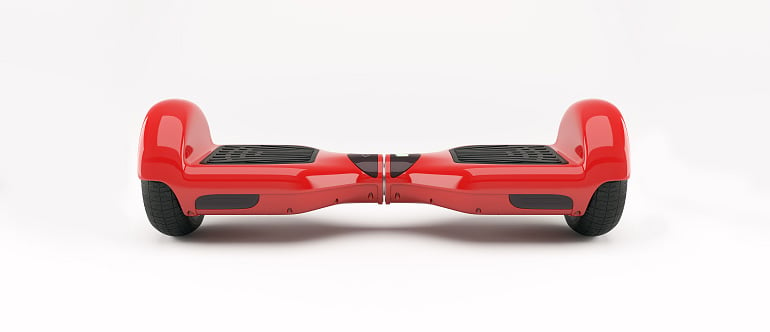The Balancing Act of Hoverboard Safety

10 May 2016
Certification Options for the U.S. Under UL 2272
One of the challenges the industry is seeing with hoverboards (or “self-balancing scooters”), and related battery-powered devices, is a lack of clarity around certification programs and standards. There are multiple efforts underway globally to address the issue and identify solutions for consumers, distributors, retailers, and manufacturers alike.
In the United States, UL 2272 is a draft standard proposed for hoverboards and similar devices. Any Nationally Recognized Testing Laboratory (NRTL) can test and certify to the published draft standard. As such, it’s important to be familiar with the standard, and what NRTL’s are looking for as they test and, potentially, certify products.
The core requirements of UL 2272 focus on:
- Wiring and connectors, with guidance on voltage, current and temperature ratings; averting reverse polarity connections and inadvertent short circuits in charging connectors; abrasion prevention; and instructions for user-serviceable parts and hazardous voltage spacing, per UL 60950-1.
- Battery chargers, as integral to the hoverboard or a separate accessory, which includes guidance to follow UL1310 for Class 2 output circuits; UL 1012 for higher output circuits and UL 60950-1 when utilizing existing power supplies from other applications. Additionally, charging connectors must be keyed or otherwise prevent reverse polarity connections and inadvertent short circuits.
- Cells must be evaluated or certified in accordance with UL 2580; additionally, based on UL 1642, allowances for larger size cells, hard short circuit tests and increased heating test time for larger cells are considered. An alternate cell test program, IEC 62660-2 is also provided.
- Battery requirements are based on UL 2271. Considerations for the charging system within UL 2272 as well as guidance on overcharging, short circuits, over discharge and imbalance charge testing are also listed.
- Motors must be evaluated based on the UL 1004 series, including locked rotor testing.
- System level requirements include a temperature test, dielectric withstand/isolation resistance requirements and consideration of location and voltage levels of power throughout the system.
- Protection circuits and safety analysis require a risk assessment/functional safety approach and safety Failure Modes and Effects Analysis (FMEA) on battery maintenance, shock/fire hazards, redundancy of safety controls/features and active/passive protection.
- Other items for consideration include: handling, serviceability, regenerative braking and fully charged/partial charged conditions.
Upon release of the approved standard, updated designs or new evaluations may be required, so it’s important to stay in contact with the testing partner on any changes implemented before, or upon, the final release of the standard, as well as any later combination with pending certification standards from other bodies, like ASTM. For more insights on hoverboard safety and certification, download our free webinar.
